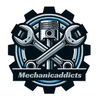Chevrolet Chevelle: Enduring Appeal And Timeless Thunder
The Chevy Chevelle stands out as an iconic model, earning its place among other legendary Chevelles of the period.
Welcome to Mechanicaddicts. As an Amazon Associate, we earn from qualifying purchases (at no cost to you) from links found within these pages if you choose to buy something.
Few American muscle cars command the same reverence as the Chevrolet Chevelle. The auto industry's muscle car era saw Chevrolet's models rise to prominence, with the Chevelle playing a central role. Chrysler and AMC were also key competitors in the muscle car segment, each contributing to the era's fierce rivalries and innovation.
From its modest beginnings as a mid-size family sedan to its transformation into one of the most coveted performance vehicles ever produced, the Chevelle represents a pivotal chapter in automotive history. The author's latest work, “Chevrolet Chevelle: Enduring Appeal and Timeless Thunder,” promises to capture the essence of this legendary machine while providing readers with both historical context and practical insights for enthusiasts and collectors alike.
As the muscle car era continues to captivate new generations of automotive enthusiasts, books that can successfully bridge the gap between historical documentation and engaging storytelling become increasingly valuable. The Nova, another notable Chevrolet model from the era, also played a significant role in Chevrolet's lineup and the broader muscle car movement.
The Chevelle’s story encompasses everything from the warning light government crackdown on performance vehicles in the early 1970s to the enduring popularity of models like the Malibu SS, making it a subject that demands both technical expertise and narrative skill to properly document.
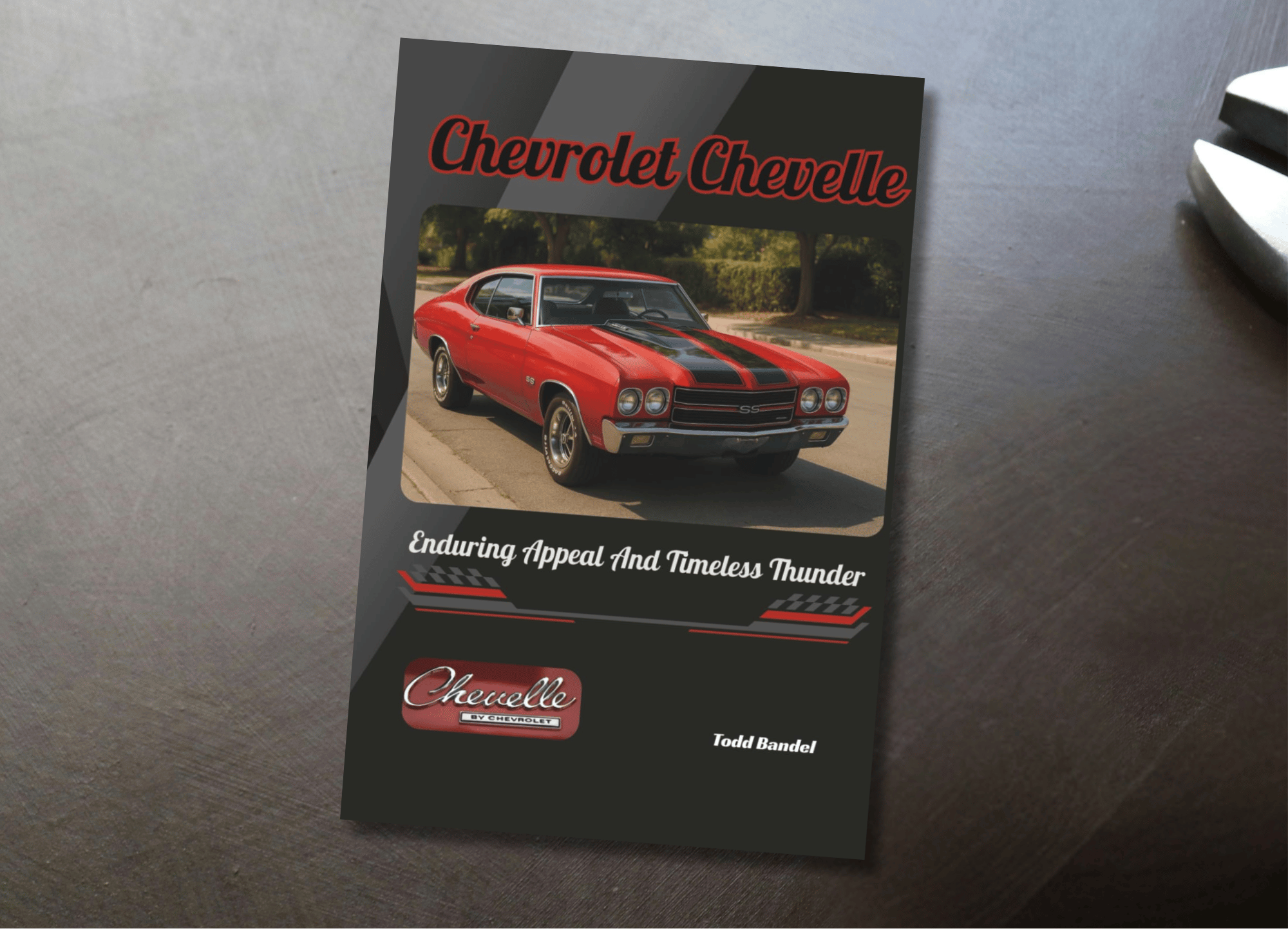
Chevrolet Chevelle: Enduring Appeal And Timeless Thunder
Unleash the roar of history as the Chevrolet Chevelle's timeless thunder echoes through the pages, where legends are born and American culture is ignited.
Overview of "Chevrolet Chevelle: Enduring Appeal And Timeless Thunder"
This 184-page hardcover publication takes readers on a comprehensive journey through the Chevelle’s evolution from 1964 to 1977. The book promises to explore not just the technical specifications that made various trim levels legendary, but also the cultural impact that transformed this mid-size Chevrolet into an American icon. The Chevelle's first year, 1964, marked a significant debut in the muscle car era, quickly establishing its reputation among enthusiasts.
The book’s structure follows a logical progression, beginning with the Chevelle’s origins in the mid-1960s automotive landscape and continuing through its peak performance years. This book examines how the base model Chevelle evolved into the high-performance variants that enthusiasts celebrate today, including a detailed analysis of the engineering decisions that shaped each generation. Notably, the SS became a separate model in 1966, distinguishing itself from the standard Chevelle lineup. The book also compares features and updates within the same model year, highlighting how variations impacted desirability and performance.
What sets this book apart from typical automotive histories is its focus on the human element. This book incorporates owner anecdotes and restoration stories that bring the technical details to life, making the book accessible to readers who may be more interested in the cultural significance than the mechanical specifications. The Chevelle was available in several body styles, including the sought-after convertible, which added open-top performance and style to the lineup.
Interior options are discussed in detail, with a focus on features such as bucket seats and vinyl upholstery that enhance comfort and provide customization options. The book covers the range of transmission choices offered, explaining how different transmissions affected driving dynamics and performance. Horsepower figures and top engine options are highlighted, showcasing the Chevelle's muscle car credentials. The author emphasizes the Chevelle's power, a defining trait that contributed to its legendary status.

The author also addresses the practical aspects of Chevelle ownership, including restoration tips and market analysis, which will prove valuable to both current owners and prospective buyers. The Chevelle's involvement in racing history is examined, highlighting its significant impact on motorsports and performance culture. The Corvette is referenced as a performance benchmark, providing context for the Chevelle's place in Chevrolet's high-performance lineup.
Attention is given to the use of die-cast steel in construction, underscoring the durability and quality of key components. The design evolution is discussed, with references to the bumper, front end, grille, and taillights, highlighting how these elements have changed over the years in response to safety regulations and styling trends. This blend of historical documentation and practical guidance creates a resource that serves multiple purposes within the automotive community.
Author's Background and Expertise
Todd Bandel brings 38 years of automotive industry experience to this project, providing him with the technical knowledge necessary to accurately document the Chevelle's engineering evolution. His background encompasses the practical aspects of automotive work, providing him with insights into the real-world challenges and triumphs that define classic car ownership.
As an author who has consistently achieved top rankings in automotive literature on Amazon, Bandel has demonstrated his ability to translate complex technical information into engaging, accessible prose. His previous works have established him as a trusted voice in the automotive publishing world, particularly among enthusiasts seeking authoritative yet readable content.
His approach combines professional expertise with genuine passion for the subject matter. His industry background enables him to explain technical concepts, such as the collapsible steering column and other safety innovations implemented during the Chevelle's production run, while his writing experience ensures these explanations remain engaging rather than dry or overly technical.
The author's perspective is particularly valuable when discussing the market forces that shaped the development and eventual decline of the Chevelle. His industry experience provides context for understanding how external pressures, including safety regulations and concerns within the insurance industry, influenced design decisions throughout the model's lifespan.
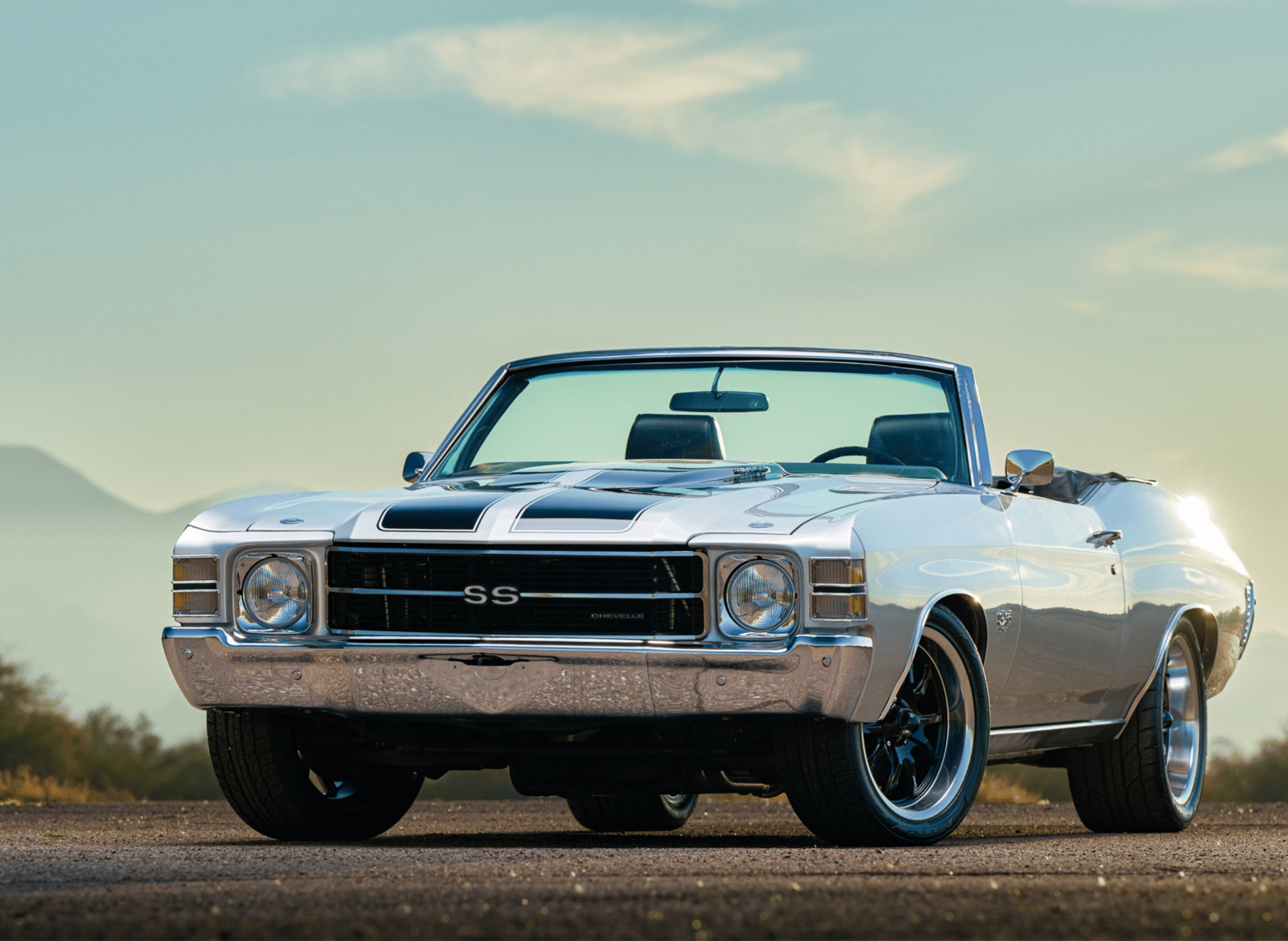
Detailed Content Analysis
Historical Context and Origins
The book begins with a thorough examination of the automotive landscape that gave rise to the Chevelle, providing essential context about General Motors' strategy in the mid-1960s. At this time, the company recognized the need for a vehicle that could compete in the growing intermediate car segment while also serving as a platform for high-performance variants.
The discussion of the Chevelle's initial reception reveals how this model filled a crucial gap in Chevrolet's lineup. Unlike the compact Corvair or the full-size Impala, the Chevelle offered the perfect balance of size, performance potential, and affordability that appealed to a broad spectrum of American buyers.
This book effectively explains how the Chevelle's platform flexibility enabled Chevrolet to offer a range of vehicles, from practical station wagons to tire-shredding muscle cars. This versatility would prove crucial to the model's commercial success and long-term cultural impact.
The author also addresses the brief history of how the Chevelle name was chosen and the marketing strategies that positioned it as both a family car and a performance vehicle. This dual identity would define the Chevelle throughout its production run and contribute to its enduring appeal across different automotive enthusiast communities.
Design Evolution and Engineering Innovations, Including The Malibu SS
One of the book's strongest sections focuses on the technical evolution of the Chevelle, providing a detailed analysis of how each generation, including the SS 396, addressed changing consumer demands while navigating increasingly stringent safety and emissions regulations.
The discussion of engine options is particularly comprehensive, covering everything from the basic inline-six engines found in base models to the legendary big-block V8s that powered the most coveted variants. This book explains how factors, such as the government's crackdown on performance vehicles, influenced engine development and availability throughout the model's lifespan.
Safety innovations receive the appropriate attention, including the implementation of features such as the collapsible steering column, which reflects the automotive industry's growing focus on occupant protection. The author effectively explains how these changes affected both the driving experience and the manufacturing costs that ultimately influenced the Chevelle's market position.
The book also examines the styling changes that occurred throughout the Chevelle's production run, from the clean lines of the early models to the more aggressive appearance of later performance variants, and provides insight into how these design decisions reflected both contemporary styling trends and the practical requirements of improved aerodynamics and safety regulations.
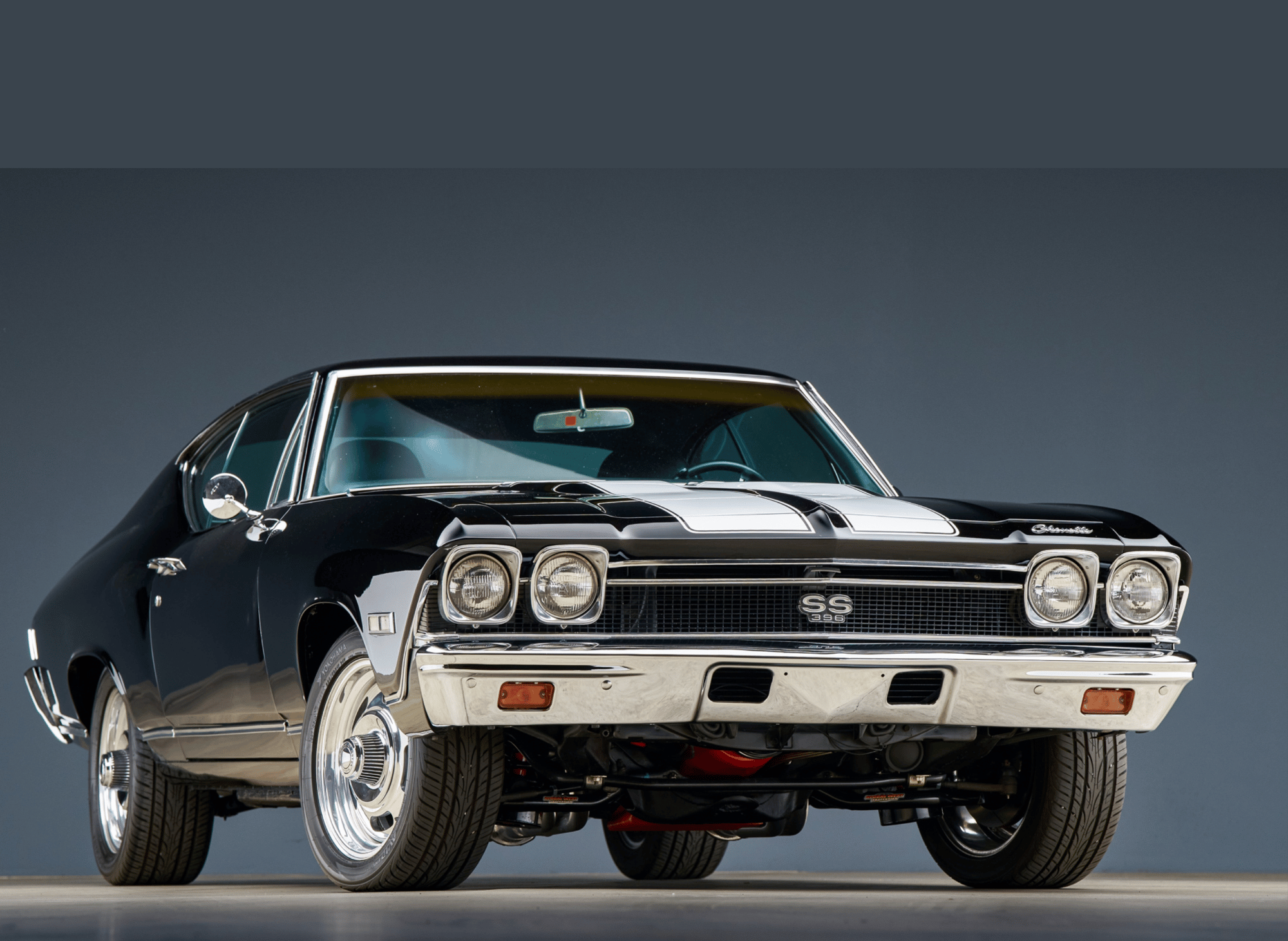
Model Year Updates Explored in the Book
One of the standout features of the book is its detailed exploration of how the Chevrolet Chevelle evolved with each passing model year, reflecting both the shifting tastes of American car buyers and the relentless innovation of General Motors.
When the Chevelle debuted as an all-new car for the 1964 model year, it was designed to fill a crucial gap in Chevrolet’s lineup, slotting neatly between the compact Chevy II and the full-size Impala. This strategic move enabled Chevrolet to offer a mid-size car that combined the practicality of a family sedan with the potential for serious performance and impressive torque.
From the outset, the Chevelle was available in a variety of body styles, including coupes, sedans, convertibles, station wagons, and even a pickup version, ensuring broad appeal. The Malibu SS trim level quickly became a favorite, offering bucket seats, a four-barrel carburetor, and a range of engine options that set it apart from the base model.
The Chevelle SS, or Super Sport, soon emerged as the performance flagship, boasting powerful V8 engines, most notably the legendary 396 cubic inch big-block. This model was Chevrolet’s answer to rivals like the Ford Fairlane and Oldsmobile Cutlass, and it helped cement the Chevelle’s reputation as a true muscle car.
As the 1960s progressed, the Chevelle underwent significant design and engineering updates. The 1968 model year introduced a dramatic new body style, characterized by a long hood, short deck, and a more aggressive stance. This redesign, shared with other GM models like the Camaro, Pontiac Tempest, Oldsmobile Cutlass, and the Chevrolet Caprice, gave the Chevelle a modern, sporty look while maintaining its unique identity. Safety and performance were also enhanced with the introduction of front disc brakes, shocks, and the collapsible steering column, innovations that made the Chevelle both safer and more enjoyable to drive.
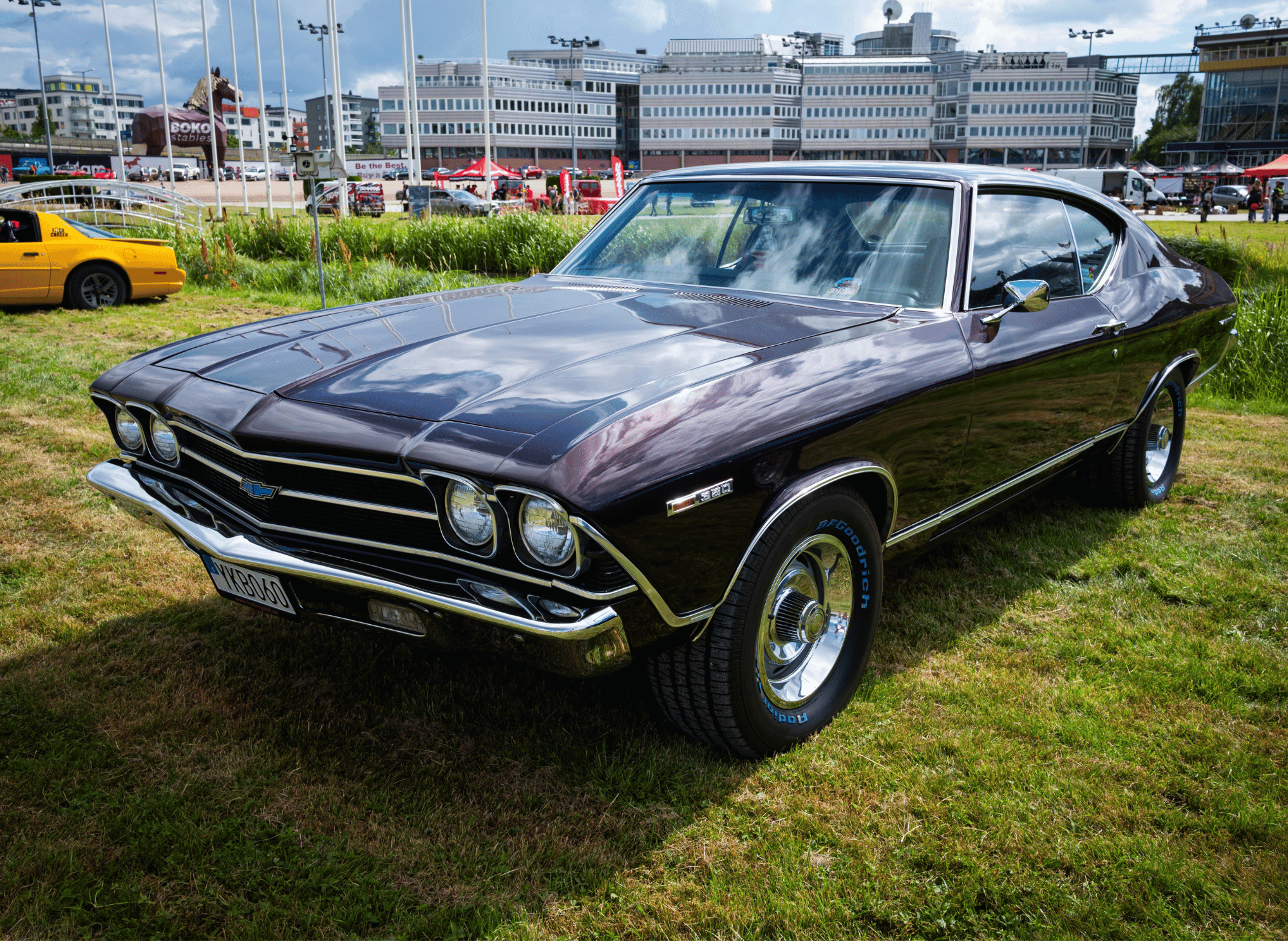
Engine choices expanded over the years, with Chevrolet offering everything from economical six-cylinders in the base model to high-performance V8s in the SS 396 and later models. The availability of cowl induction, heavy-duty suspensions, and other performance upgrades kept the Chevelle at the forefront of the muscle car movement. The early 1970s saw the introduction of the Heavy Chevy, a low-cost, high-value package that delivered muscle car excitement without the premium price tag of the SS models.
Despite the government crackdown on emissions and rising fuel economy standards in the 1970s, the Chevelle adapted with revised engines and new trim levels. The Laguna Type S-3, introduced in 1974, emphasized both sport and luxury, appealing to buyers looking for a blend of performance and comfort. However, as the decade progressed, General Motors began to shift its focus, and by 1978, the Malibu had completely replaced the Chevelle in Chevrolet’s lineup.
Throughout its production run, the Chevelle’s ability to evolve, whether through new body styles, innovative safety features, or a diverse engine lineup, ensured its place as one of the most iconic American cars ever built. This book captures this dynamic history, illustrating how each model year brought fresh updates that kept the Chevelle relevant, desirable, and unmistakably Chevrolet.
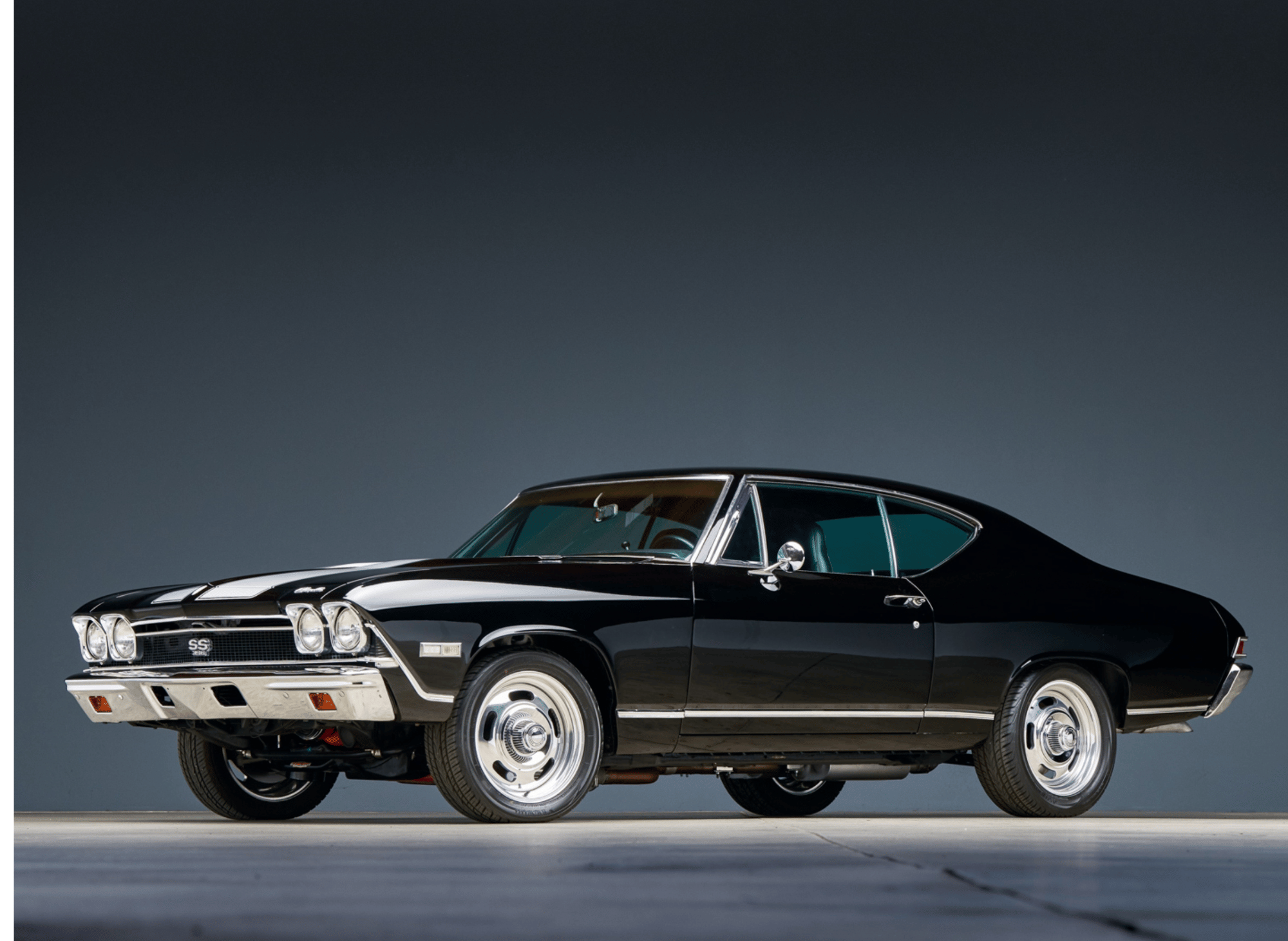
Cultural Impact on Muscle Cars and Market Performance
This book dedicates significant attention to the Chevelle's role in American automotive culture, examining how this model became synonymous with the era of muscle cars. The book examines how the Chevelle made its appearance in popular media and shaped the broader perception of American performance vehicles.
The discussion of sales figures and market performance provides valuable context for understanding the Chevelle's commercial success, explaining how different trim levels appeal to various market segments, from families seeking practical transportation to performance enthusiasts pursuing maximum acceleration and speed.
The author also addresses the collecting community that has developed around the Chevelle, examining how certain models have achieved legendary status while others remain more affordable options for enthusiasts. This analysis includes a discussion of factors that influence current market values and restoration costs. The Chevelle platform was offered in 2 and 4-door models.
The book's examination of the Chevelle's influence on subsequent automotive development is particularly insightful, tracing how lessons learned from the Chevelle's success and eventual decline influenced later General Motors products and the broader automotive industry's approach to performance vehicles.

Strengths and Weaknesses
Notable Strengths
The book's greatest strength lies in its comprehensive approach to the story of the Chevelle. This book successfully balances technical information with cultural context, creating a narrative that appeals to both serious collectors and casual enthusiasts. The inclusion of owner stories and restoration experiences adds a personal dimension that distinguishes this work from more clinical automotive histories.
The technical information is both accurate and accessible, explaining complex engineering concepts in terms that don't require extensive automotive knowledge to understand at any time. This accessibility makes the book valuable to readers new to the hobby, while still providing enough detail to satisfy more experienced enthusiasts.
The restoration tips and market analysis sections offer practical value that extends beyond mere historical documentation. These sections demonstrate the author's understanding of the current collector car market and the realities of classic car ownership, making the book a valuable resource for both potential buyers and current owners.
The book's production quality is excellent, featuring clear photographs and illustrations that effectively support the text. The layout facilitates easy navigation between different topics, making it suitable for both cover-to-cover reading and selective reference use.
Areas for Improvement
While the book covers the Chevelle's history comprehensively, some readers may find that certain technical sections could benefit from more detailed specifications. Enthusiasts seeking complete engine specifications, production numbers, or detailed option lists may need to supplement this book with more technical references.
The book's focus on the American market means that international Chevelle variants receive limited attention. While this approach is understandable given the model's primary significance in the United States, readers interested in global automotive history may find this limitation disappointing.
Some sections could benefit from a more extensive use of original build sheets and factory documentation. While the book includes references to original build sheet information, a more extensive use of primary sources would strengthen historical accuracy and appeal to serious researchers.
The discussion of racing history and competition variants, although present, could be expanded to provide more comprehensive coverage of the Chevelle's motorsports achievements. This aspect of the model's history deserves a more detailed treatment, given its importance to the performance community.
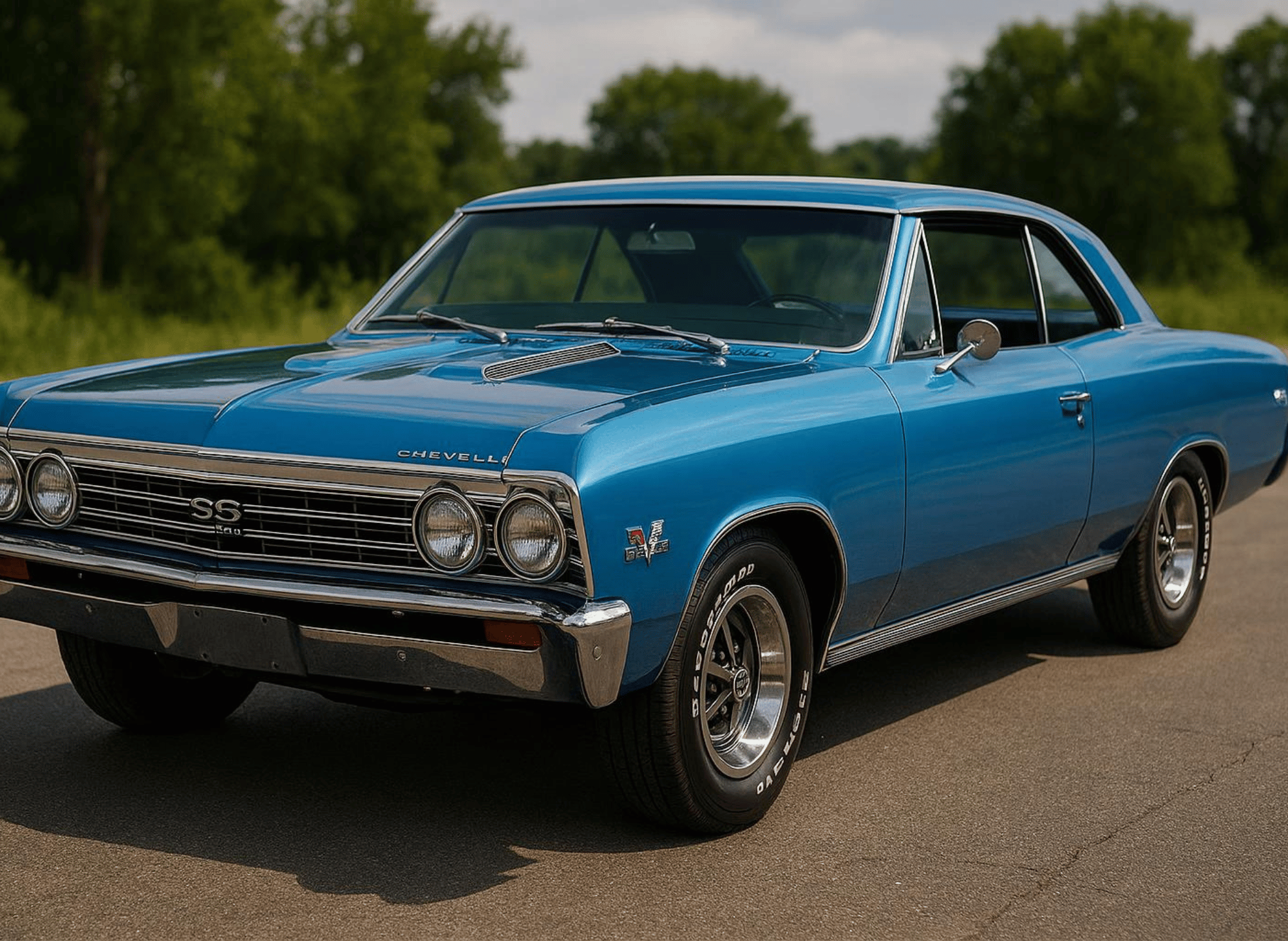
Comparison to Other Chevy Chevelle SS Literature
The automotive publishing world features several notable works on the Chevrolet Chevelle, each offering distinct perspectives and varying levels of detail. The book's approach stands out through its emphasis on the human stories behind the machines, distinguishing it from more technically focused references.
Compared to factory-authorized histories that emphasize corporate perspectives, Bandel's work offers a more balanced view, acknowledging both the triumphs and limitations of the Chevelle program. This honest assessment provides readers with a more comprehensive understanding of the model's place in automotive history.
The book's restoration focus provides practical value that many historical works lack. While other publications may offer more comprehensive technical specifications, few combine historical documentation with actionable advice for current owners and prospective buyers.
The cultural analysis in the book's work is more extensive than found in many technical references, making it particularly valuable for readers interested in understanding the Chevelle's broader significance beyond its mechanical specifications. This approach creates a more engaging reading experience while still providing substantial factual content related to GM.
Target Audience and Appeal
This book caters to multiple audiences within the automotive community, from experienced collectors seeking comprehensive historical documentation to newcomers interested in understanding the significance of the Chevelle. The accessible writing style ensures that technical information doesn't overwhelm readers who may be new to automotive literature.
Current Chevelle owners will find particular value in the restoration tips and market analysis sections, which provide practical guidance for maintaining and potentially selling these vehicles. The inclusion of owner experiences creates a sense of community that extends beyond the book itself.
The book also appeals to automotive historians and researchers, though they may need to supplement it with more technical references for complete documentation. The cultural analysis provides valuable context for understanding the Chevelle's place in American automotive history.
Young enthusiasts discovering muscle cars for the first time will find the book an excellent introduction to the Chevelle's story. The combination of historical information and practical advice provides a solid foundation for understanding both the model's significance and the realities of owning a classic car.
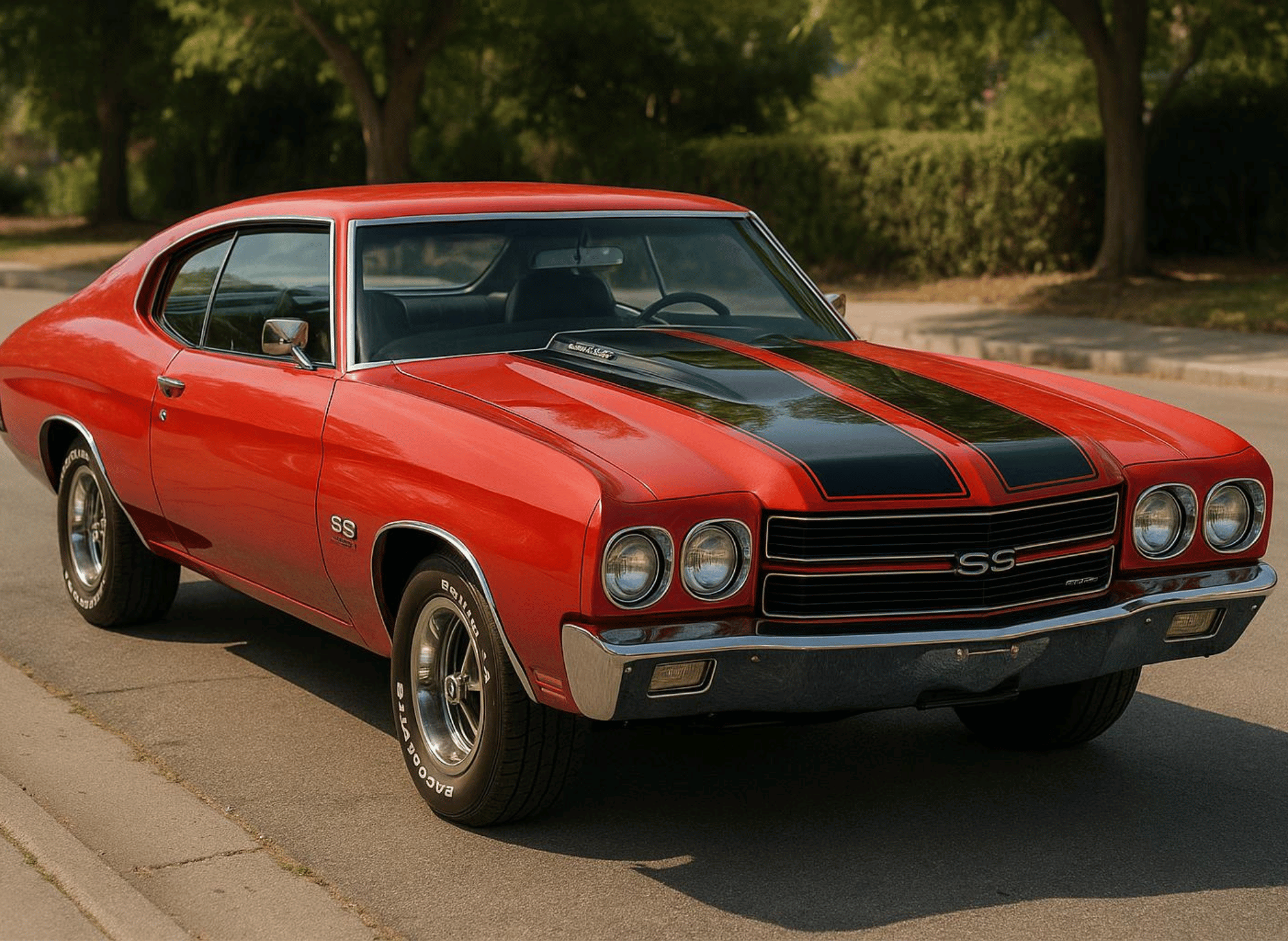
Market Analysis and Collecting Insights
The discussion of current market trends offers valuable insights for both buyers and sellers in the Chevelle market. The book examines how factors such as originality, documentation, and condition impact values across various model years and trim levels.
The analysis of restoration costs and parts availability provides practical guidance for prospective owners. This information enables readers to make informed decisions about which Chevelle variants are suitable for their budgets and skill levels.
The book's examination of the Heavy Chevy and other special editions provides insight into how marketing packages and limited production runs affect long-term collectibility. This analysis helps readers understand which models may represent good investment opportunities versus those that are simply enjoyable to own.
The discussion of reproduction parts and restoration services reflects the current state of the Chevelle hobby, providing readers with realistic expectations about the costs and challenges associated with restoring these vehicles to their original condition.
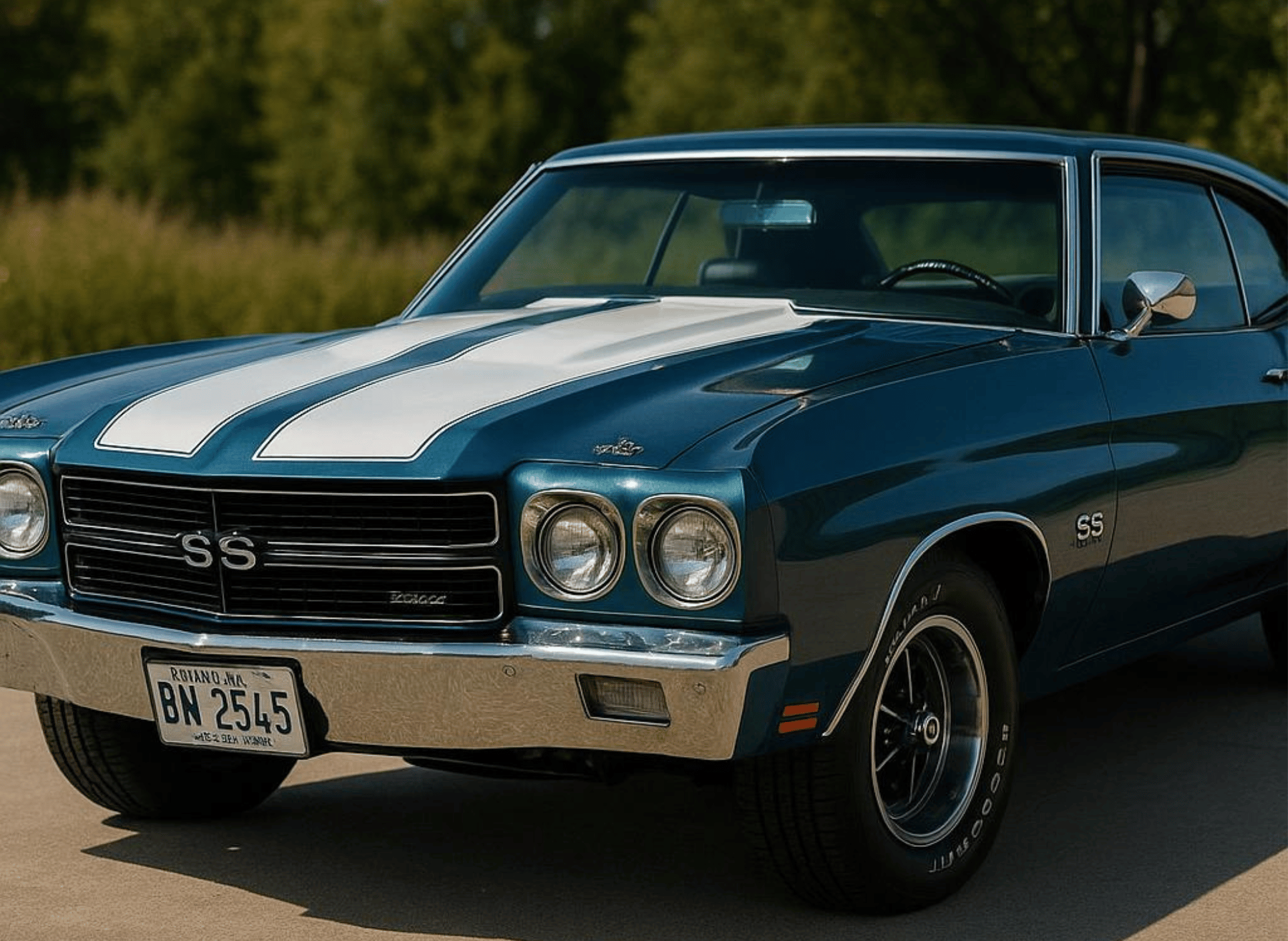
Final Assessment and Recommendation
"Chevrolet Chevelle: Enduring Appeal And Timeless Thunder" succeeds in its goal of providing a comprehensive yet accessible exploration of one of America's most beloved muscle cars. Todd Bandel's combination of industry expertise and engaging writing style creates a work that serves both as historical documentation and a practical guide.
The book's greatest achievement lies in its ability to appeal to multiple audiences without compromising depth or accuracy. Whether readers seek historical information, restoration guidance, or simply an engaging story about automotive culture, they will find value in this book.
While the book may not replace more technical references for serious researchers, it provides an excellent foundation for understanding the significance of the Chevelle. The combination of historical context, technical information, and cultural analysis creates a well-rounded portrait of this iconic vehicle.
For anyone interested in American automotive history, muscle car culture, or the Chevrolet Chevelle specifically, this book represents a worthy addition to their library. The blend of authoritative information and engaging presentation makes it both informative and enjoyable to read.
Worth Adding to Your Collection
The"Chevrolet Chevelle: Enduring Appeal and Timeless Thunder" stands as a testament to the enduring fascination with American muscle cars. The book successfully captures both the technical achievements and cultural significance that made the Chevelle a legend among cars sold during the golden age of American performance.
For current owners, prospective buyers, and automotive enthusiasts alike, this book offers valuable insights into one of the most pivotal chapters in American automotive history. The combination of historical documentation, technical analysis, and practical advice creates a resource that will remain useful long after the initial reading.
The Chevelle's story continues to resonate because it represents a unique moment in automotive history when performance, style, and accessibility converged in a single platform. This book ensures that this story reaches new audiences while providing existing enthusiasts with fresh perspectives on a familiar subject.
Whether you're drawn to the thunderous exhaust note of a big-block Chevelle or simply appreciate the craftsmanship of American automotive design, this book offers something valuable. It serves as both a celebration of past achievements and a guide for preserving these remarkable machines for future generations.
Thank you for reading!
Your friend,
Todd
#chevelle #chevelles #chevellehistory #musclecar #musclecars #cardesign #carhistory #classiccars #vintagecars #automotivehistory #carculture #carcollector #carrestoration #cartimeline #classiccarrestoration #americanmuscle #chevellecommunity #carenthusiast #chevellelegacy #carspecs #designinspiration #chevelleevolution #carengineering #carinnovation #classicchevelle
🚗🔥🏁💨🇺🇸✨🛠️🚦📸🎉
Amazon Prime offers a wide range of products designed to cater to diverse customer needs, all with the added benefit of fast, reliable delivery. From household essentials and groceries to electronics, clothing, and entertainment, Prime members get access to exclusive deals and discounts across various categories.
Additionally, Prime membership includes access to services like Prime Video for streaming movies and TV shows, Amazon Music for ad-free music, and Prime Reading for eBooks and magazines. This comprehensive suite of benefits makes Amazon Prime a convenient and value-packed option for millions of customers worldwide.

